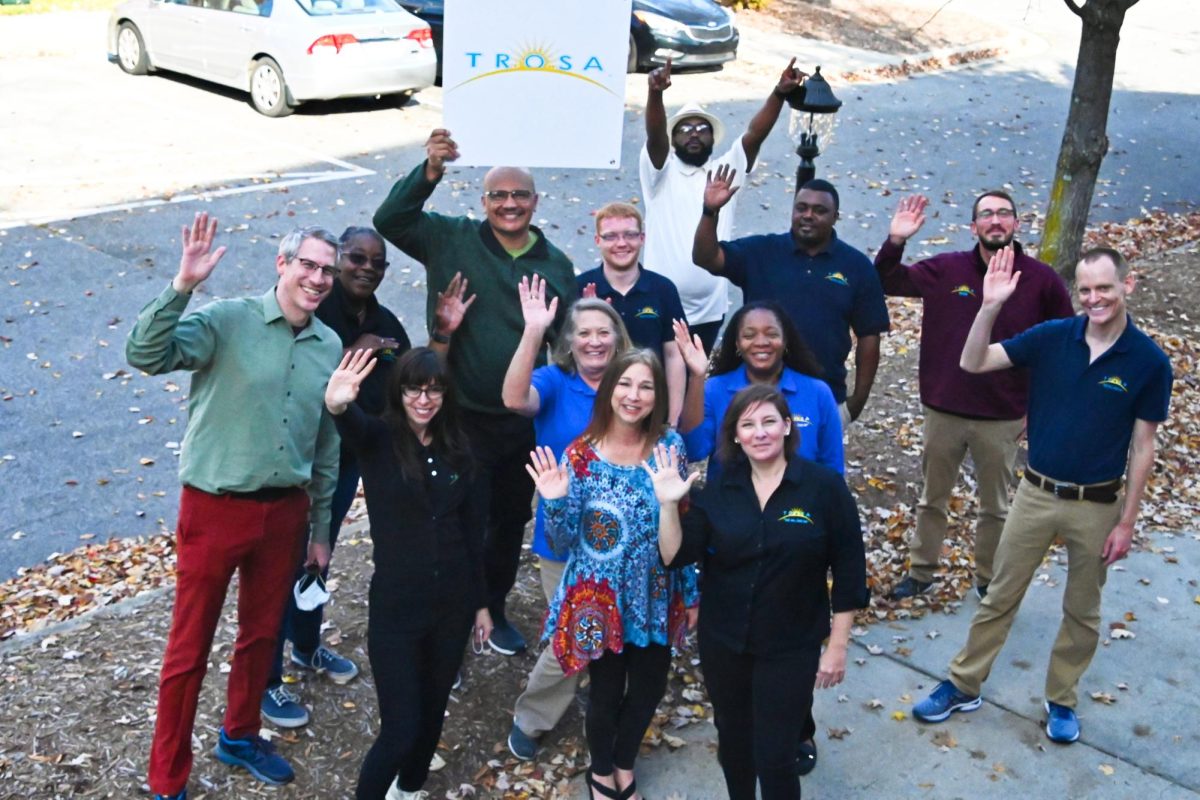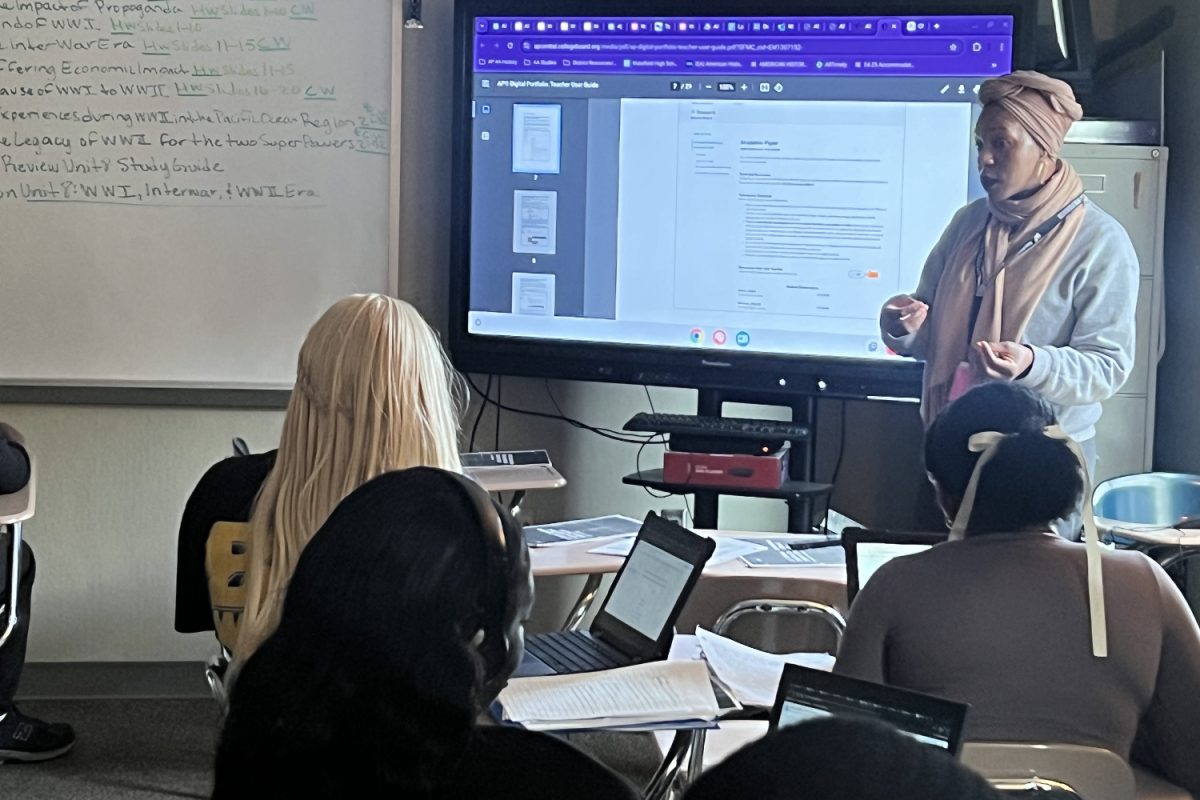On Feb. 21, CoworkingCafe released an article highlighting the new ranking of top U.S. metros for women in the tech and science industry. The Raleigh-Cary area was ranked second in the nation, with 29 percent of tech workers being female. This is a 43 percent increase compared to the percentage found between 2018 and 2022.
Despite strides made, there are still ample opportunities for further growth and development. While the number of women entering science, technology, engineering and math (STEM) fields has increased, ensuring women receive equal treatment to their male counterparts has yet to be fully implemented. The first step in guaranteeing an even playing field is to focus more attention and efforts on encouraging young girls to pursue STEM-related studies.
For years, there has been the stereotype that boys are better than girls in math and science classes, underestimating the amount of understanding and passion young girls may have for these subjects. This stereotype goes back generations, leaving parents of today’s kids possibly discouraging their daughters from pursuing STEM-related classes.
JoAnn Richardson, the Tech I, II and III teacher at Wakefield High School, tries to clarify that her classes are for both girls and boys to excel.
“When I present to parents [during parent night], I specifically mention that this is a field where females can be more present,” Richardson said. “I speak of that to bring it to their attention because they might have a boy that’s [currently in the class], but they may have a daughter at home who they feel could be interested in [STEM related areas].”
Inspiration can be found in many ways, although finding others to admire is the most common. However, there are few well-known women in STEM for young girls to look up to. Richardson hopes that by simply seeing her in a teaching position in a typically male-dominated area, young girls will know they are also capable of pursuing these subjects.
“The fact that I am a woman teaching this class helps, and I think it’s less threatening, especially because most girls have had male teachers [in math and science classes] up to this point,” Richardson said.
Sophomore Katherine Topp was first introduced to engineering by her father. Still, her interest has grown and become more personalized as she has taken STEM classes and joined a robotics team to figure out her own path in the field.
“I’m interested in the science side of engineering, so I’ve been looking into chemical engineering,” Topp said. “ I have always liked science and math, [and] I did pretty well in chemistry.”
For some people, however, it’s more of a natural calling. Software company Red Hat’s account executive, Kelly Norman, has always had a certain level of interest in technology and has used it to propel her career forward.
“When I was 8 years old, I repaired my first television; by 15, I was installing home theater systems. I have always loved technology, but more importantly, I have loved how it works,” Norman said. “Living in Raleigh, I knew I.T. and software were the leading industries in our area, so [after the decline in the consumer electronics industry] I decided to break into software sales.”
Whether their inspiration came from their parents, teachers or their own exploration, young girls should have the same chance as every student to pursue STEM and earn just as much as their male co-workers.
However, regardless of the education level both men and women receive, women still make significantly less than men in STEM-related fields. It has been discovered that one of the leading reasons for this pay gap is a lack of self-confidence. Even when women present the same credentials as men, one exudes more confidence than the other when completing a task, making managers assume.
This lack of confidence can be traced back as early as elementary school, but it is more prevalent in high school–a vital time for girls to begin deciding what fields they would like to pursue.
Due to this, society needs to help young girls feel confident exploring STEM-related studies. Jenny Wright, Chief of Staff at Red Hat, knows how important it is for her and her peers to encourage young minds to pursue their interests.
“Let’s not just talk the talk but walk the walk. As a female professional, it’s up to me and my peers –[both] men and women– to encourage people to pursue their passions [and] help young girls become confident professionals,” Wright said. “There is a lot of room for women in leadership in many industries, so [start building] those leadership muscles in college or through organizations, volunteering and more.”
The field of STEM is always progressing and expanding as the world moves toward a tech-heavy and dependent state; to guarantee success, gender equality in the workforce must follow.
“The more diverse your company and industry are, the more diverse the opinions and directions you move forward with can be,” Norman said. “If you only have the perspective of one type of person, you miss out on other people’s creative ideas.”










